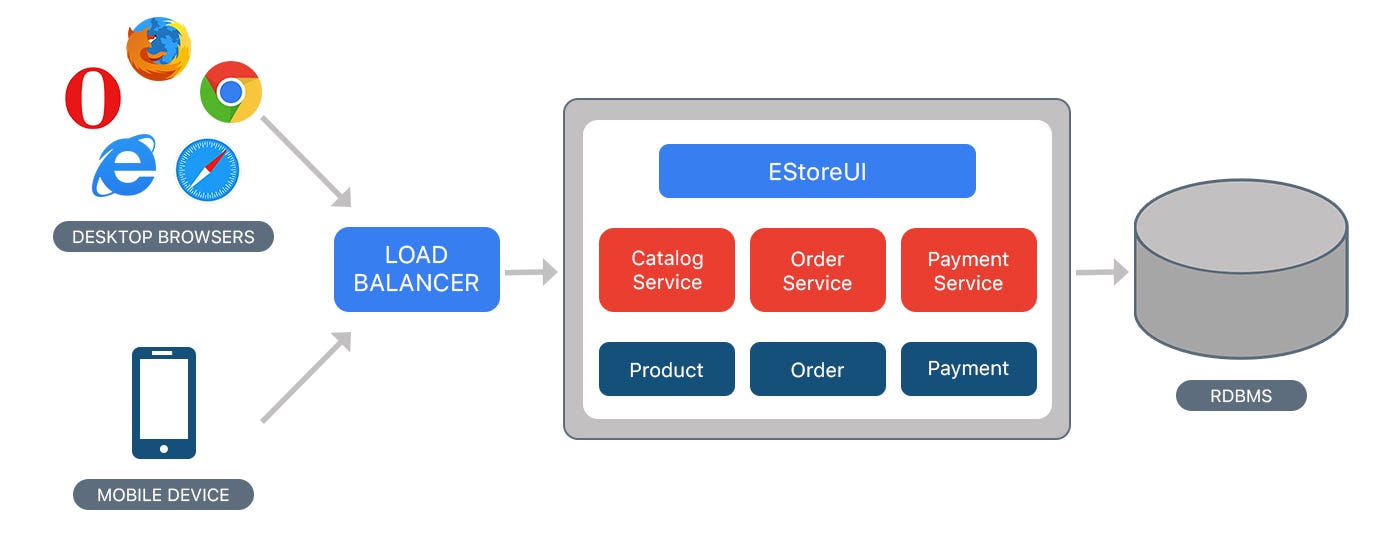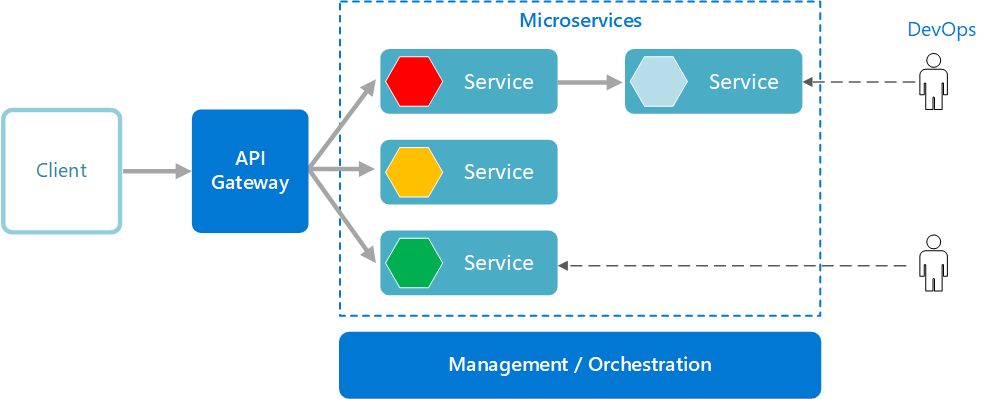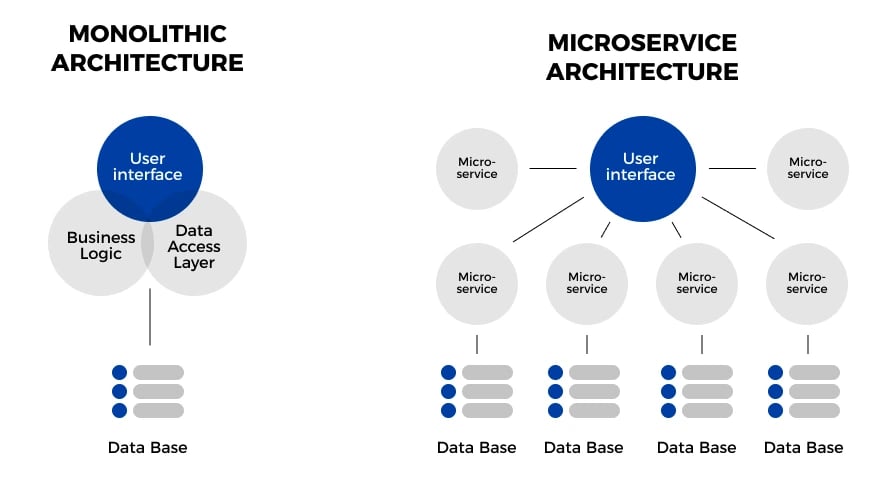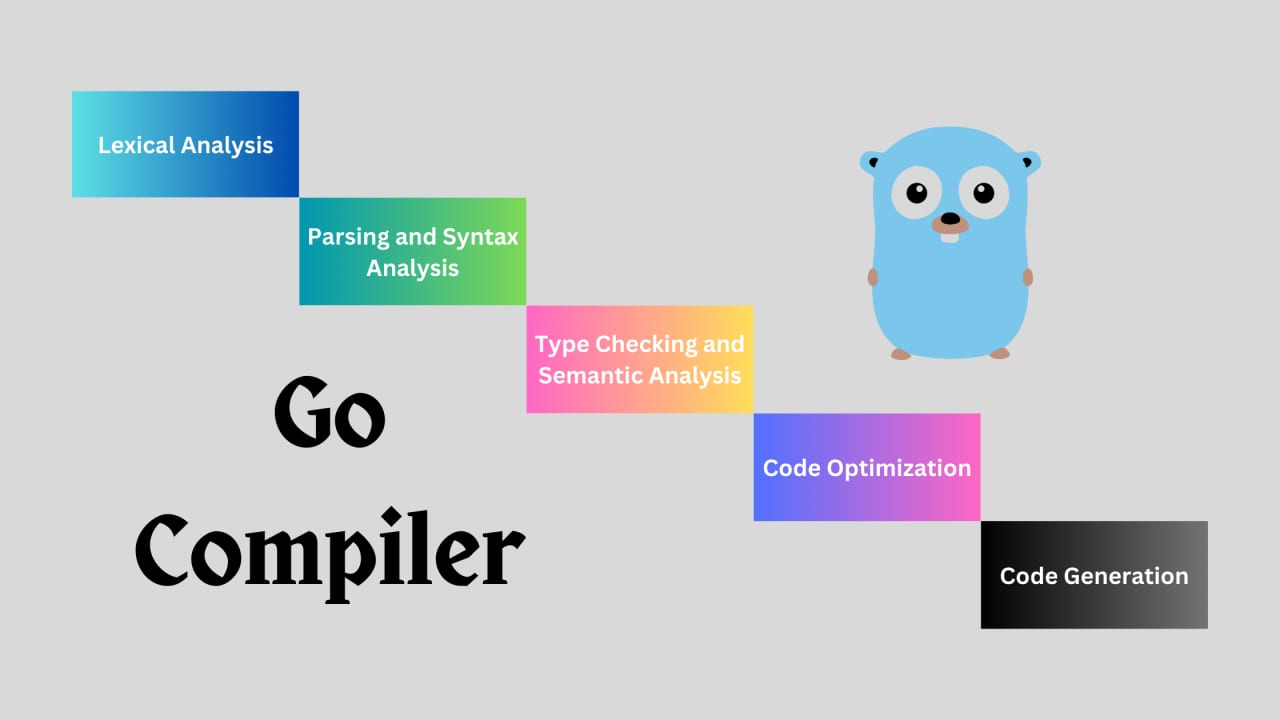Monolithic vs. Microservices: A Comprehensive Comparison
- With Code Example
- August 28, 2023


Software architecture refers to the high-level design and organization of software systems. It defines the structure of the system, its components, their interactions, and how they fulfill the system’s requirements. There are various software architecture patterns, each with its own benefits and trade-offs. Two common architectural patterns are microservices architecture and monolithic architecture.

Monolithic Architecture:
Monolithic architecture is a traditional approach where an entire application is built as a single, self-contained unit. In this architecture, all components of the application, such as the user interface, business logic, and database access, are tightly integrated into a single codebase. Monolithic applications are easier to develop and deploy initially, but they can become complex and unwieldy as they grow.
Key Characteristics of Monolithic Architecture:
Tightly Coupled Components: In a monolithic architecture, components are tightly coupled, making it harder to modify and scale individual parts of the application without affecting the whole system.
Single Codebase: All parts of the application reside within a single codebase, making it convenient for development and deployment.
Shared Resources: Components share the same resources, such as memory and CPU, which can lead to performance bottlenecks and contention issues.
Limited Scalability: Monolithic applications can be challenging to scale horizontally, as scaling one component might require scaling the entire application.
Complexity: As the application grows, it can become difficult to maintain and understand due to the increasing complexity.
Example Monolithic Architecture
Here’s a basic example of a monolithic architecture in Go. In this example, we’ll create a simple web application that handles user registration and login functionalities within a single monolithic codebase.
package main
import (
"fmt"
"net/http"
)
type User struct {
ID int
Username string
Password string
}
var users []User
func registerHandler(w http.ResponseWriter, r *http.Request) {
if r.Method == http.MethodPost {
username := r.FormValue("username")
password := r.FormValue("password")
user := User{ID: len(users) + 1, Username: username, Password: password}
users = append(users, user)
fmt.Fprintf(w, "Registration successful for user: %s", username)
}
}
func loginHandler(w http.ResponseWriter, r *http.Request) {
if r.Method == http.MethodPost {
username := r.FormValue("username")
password := r.FormValue("password")
for _, user := range users {
if user.Username == username && user.Password == password {
fmt.Fprintf(w, "Login successful for user: %s", username)
return
}
}
fmt.Fprintln(w, "Invalid credentials. Please try again.")
}
}
func main() {
http.HandleFunc("/register", registerHandler)
http.HandleFunc("/login", loginHandler)
fmt.Println("Server started on :8080")
http.ListenAndServe(":8080", nil)
}
In this example, we have a monolithic architecture where the user registration and login functionalities are implemented within the same codebase. The User struct represents user data, and the users slice stores registered users.
The registerHandler and loginHandler functions handle the registration and login requests, respectively. When the server receives a POST request to /register, a new user is created and added to the users slice. Similarly, when a POST request is made to /login, the server checks the provided credentials against the stored user data.
The main function sets up HTTP routes for registration and login, starts the HTTP server, and listens on port 8080.
This example demonstrates a basic monolithic architecture where multiple functionalities are bundled within a single codebase. In a real-world scenario, a monolithic architecture might involve more complex components and interactions.

Microservices Architecture:
Microservices architecture is an approach where an application is decomposed into a set of smaller, loosely coupled services. Each service is responsible for a specific business capability and can be developed, deployed, and scaled independently. Microservices promote modularity, allowing teams to work on different services simultaneously, leading to faster development cycles and better scalability.
Key Characteristics of Microservices Architecture:
Loose Coupling: Microservices are loosely coupled, allowing each service to be developed, deployed, and scaled independently without affecting others.
Distributed System: Microservices communicate over a network, often using APIs, which requires careful consideration of networking and communication patterns.
Independent Deployment: Services can be deployed independently, enabling continuous delivery and faster release cycles.
Specialized Services: Each microservice focuses on a specific business capability, making the codebase more manageable and easier to maintain.
Scalability: Microservices can be scaled individually, allowing efficient resource allocation based on demand.
Polyglot Architecture: Different microservices can be developed using different programming languages and technologies that best suit their requirements.
Example Microservices Architecture
Here’s a simplified example of a microservices architecture in Go. In this example, we’ll create two microservices: one for user registration and another for user authentication, each with its own codebase and HTTP server.
User Registration Microservice:
// registration/main.go
package main
import (
"fmt"
"net/http"
)
func registerHandler(w http.ResponseWriter, r *http.Request) {
if r.Method == http.MethodPost {
username := r.FormValue("username")
password := r.FormValue("password")
// Perform registration logic (e.g., store user data in a database)
fmt.Fprintf(w, "Registration successful for user: %s", username)
}
}
func main() {
http.HandleFunc("/register", registerHandler)
fmt.Println("Registration microservice started on :8081")
http.ListenAndServe(":8081", nil)
}
User Authentication Microservice:
// authentication/main.go
package main
import (
"fmt"
"net/http"
)
func loginHandler(w http.ResponseWriter, r *http.Request) {
if r.Method == http.MethodPost {
username := r.FormValue("username")
password := r.FormValue("password")
// Perform authentication logic (e.g., check user credentials against a database)
// Simulated success for demonstration purposes
fmt.Fprintf(w, "Login successful for user: %s", username)
}
}
func main() {
http.HandleFunc("/login", loginHandler)
fmt.Println("Authentication microservice started on :8082")
http.ListenAndServe(":8082", nil)
}
In this example, we have two separate microservices: one for user registration and another for user authentication. Each microservice has its own codebase, HTTP server, and logic.
User Registration Microservice:
The registerHandler function handles user registration requests. Upon receiving a POST request to /register, it processes the registration logic (which could involve storing user data in a database) and responds with a success message.
User Authentication Microservice:
The loginHandler function handles user login requests. When a POST request is made to /login, it performs authentication logic (e.g., checking user credentials against a database). In this example, for simplicity, the authentication logic always responds with a success message.
Both microservices are running independently on different ports (:8081 and :8082) and can be developed, deployed, and scaled separately. This separation allows for more modular development, easier maintenance, and scalability in a microservices architecture. Keep in mind that in a real-world scenario, microservices might communicate over APIs or use message queues to interact with each other.

Microservice architecture vs Monolithic architecture
Size and Complexity: Monolithic architectures can be simpler for smaller projects with limited complexity, while microservices are better suited for large, complex systems.
Development Speed: Microservices allow for faster development cycles as different teams can work independently. Monolithic architectures might have limitations in terms of development speed.
Scalability: Microservices architecture offers more efficient scalability, especially for individual components that experience varying levels of load.
Maintenance: Microservices can simplify maintenance, as changes or updates in one service don’t impact others. Monolithic architectures might require more careful handling during maintenance.
Resource Management: Microservices provide better resource utilization, as each service can be allocated resources based on its requirements.
In summary, monolithic architecture is simpler to start with but can become challenging as the application grows. Microservices architecture offers scalability, flexibility, and faster development but introduces complexities in terms of networking and communication. The choice depends on factors such as project size, team structure, development speed, scalability needs, and the ability to manage distributed systems effectively.

Choosing Between Microservices and Monolithic Architectures:
The choice between these architectures depends on the specific needs of your application and organization. Monolithic architecture might be suitable for small to medium-sized applications with a predictable user base. Microservices architecture is preferred for larger, complex applications with evolving requirements and the need for scalability and flexibility.
Both architectures have their pros and cons, and the decision should be made based on factors like project complexity, team size, development speed, scalability requirements, and the overall business goals.

Tags
Related Posts

Golang Garbage Collection: Memory Mastery
Download PDF Garbage collection, a fundamental process in modern programming languages, is the automatic management of memory resources. It ensures that memory occupied by objects that are no longer reachable or useful is reclaimed, preventing memory leaks and optimizing resource utilization.





